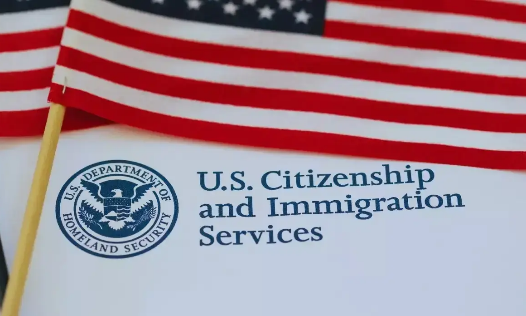Payment is being processed. Please do not refresh or close this page until your payment is complete.
 Book an Appointment
Book an Appointment

Elaborated Summary:
In the first 100 days of former President Donald Trump's administration, the U.S. Citizenship and Immigration Services (USCIS) — often mistakenly referred to as SCIS — played a central role in implementing a sweeping overhaul of the U.S. immigration system. Under the direction of the Trump administration, USCIS shifted its focus toward national security and strict immigration enforcement, significantly tightening vetting procedures and reshaping policies to reflect a “security-first” approach.
Here are the key elements of the overhaul:
1. Enhanced Vetting Procedures
USCIS introduced more rigorous background checks and biometric screenings for visa applicants, green card seekers, and naturalization candidates. This included:
• Expanded interviews for employment-based green card applicants and family-based immigration.
• Closer scrutiny of applicants' social media activity, travel history, and affiliations.
• Slower processing times due to additional security checks.
2. Policy Changes Aligned with Executive Orders
Trump signed a series of executive orders, most notably the "Protecting the Nation from Foreign Terrorist Entry into the United States" order — known as the travel ban. USCIS implemented these changes, leading to:
• Bans or heavy restrictions on immigration from several Muslim-majority countries.
• Prioritization of applicants from countries deemed “low-risk.”
• Suspension or defunding of refugee and asylum programs in their previous form.
3. Shift in USCIS Mission and Tone
One of the most symbolic changes was the revision of the USCIS mission statement, which removed the reference to the U.S. as a “nation of immigrants” and emphasized protecting American values and enforcing immigration laws. This reflected the agency’s pivot from a service-oriented body to one focused on enforcement and security.
4. Increased Denial Rates
During this period, USCIS saw a marked rise in application rejections and Requests for Evidence (RFEs). H-1B visa applications — especially those from Indian IT workers — experienced greater scrutiny, as the administration aimed to “hire American.”
5. Foundation for Longer-Term Reforms
The early overhaul laid the groundwork for later immigration measures including:
• Public charge rule revisions to deny green cards to applicants likely to use government benefits.
• Termination of Temporary Protected Status (TPS) for several countries.
• Tighter asylum rules and restrictions at the southern border.
Conclusion: In Trump’s first 100 days, USCIS took a leading role in executing an aggressive and security-centric immigration strategy. These early changes not only redefined how immigration applications were processed but also sent a clear message about the administration’s hardline stance. The reforms marked a dramatic shift in U.S. immigration policy, with effects that continued to reverberate well beyond the initial 100-day period.